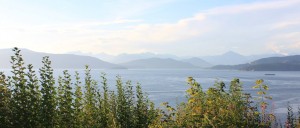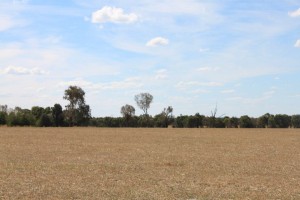This week I began my trading in a simulated futures market as part of one of my Masters subjects. I could not have anticipated how much I would enjoy it and look forward to researching and strategizing each day!
Six days ago, I had no previous experience and was totally daunted by the prospect of trading. I was venturing into a world quite foreign to me and it was scary! Trading commodity futures is risky and complex and I thank to the heavens that I am not trading with my money, or real money at that!
In this post I hope to explain my strategy for Week 1, my results and what I have learnt thus far.
————————–
My first lesson was to learn what a futures contract was (!). I learnt that it is an agreement to buy or sell a particular commodity at a future date, with the amount of the commodity and the price are fixed at the time of the agreement… Ok, I’m getting this, I thought to myself.
The second lesson was to understand the difference between long and short. It took me a little while longer, but it all made sense in the end once I realised you could sell something without having first bought anything!
Starting out, I knew that there were countless sources of information I could go to to start to begin to formulate my strategy, so rather than being completely overwhelmed, I started by focussing on two commodities (wheat and corn) and a few key sources of information including the USDA crop report and the US Federal Reserve decision. I wanted to use this week to learn how particular information affected markets in order to hopefully pre-empt market moves in following weeks.
————————–
The USDA Crop Report
Crop reports delivered monthly have a big impact on futures markets. I hoped to use the September USDA Crop Report as a learning experience to see how the news delivered affected prices and futures contracts.
The September Report outlined bigger than expected corn crop estimates with stronger yields. The corn market reacted poorly to this news with December corn falling from $15.75 to $4.5675/bushel. These represented four week lows to the futures contracts.
In regards to wheat, the USDA reports were also negative. The report raised the estimate for global wheat production to a record 708.89 million metric tonnes. December wheat fell 11.50 cents to $6.4150 a bushel.
————————–
The US Federal Reserve
Another big event this week was the US Federal Reserve Statement (at around 2pm on Wednesday). The announcement drives monetary policy around the world and has key effects depending on whether it is Hawkish (raise rates to curb inflation) or Dovish (keep rates low).
With some information garnered from Ariel, a US classmate, I held the prediction that lower rates in the US would continue. There was talk that the Federal Reserve would keep policy easy with Ben Bernanke in his final months as chairman of the US central bank.
————————–
My Strategy
Based on the drop in the futures markets in corn and wheat following with the USDA Crop Report and my prediction that the US Fed Reserve would not increase rates, I decided to buy long corn and wheat on the morning of the decision announcement, hoping for an increase in both futures commodities.
I decided to buy long December 2013 corn and buy long Wheat September 2014 wheat. I bought corn for the above reasons and also because there were murmurings of a trade deal developing with China. I decided to buy 2014 wheat as anticipating crop and yield so far out is incredibly difficult and an array of factors between here and there could drive up the futures price. Although I do not expect a large return on this wheat, a marginal one is expected.
Results
The prediction about the US Federal Reserve Decision was spot on! Thanks Ariel! Commodity prices shot up with the US decision to keep interest rates near zero levels until 2014.
My portfolio return at one point was up +0.92%, which I was incredibly happy about. However, my ecstasy was short-lived! I should have sold off my positions when the market bounced back!
I finished the week -0.22% with my portfolio value at $99,779.32.
————————–
Next week I hope to delve deeper into what the competitor situation is around the world (crop estimates, yield, weather), potential supply and demand of key exporting and importing countries and any trade agreements on the horizon. I can’t wait to delve further into this and make some more trades!
A picture of home






